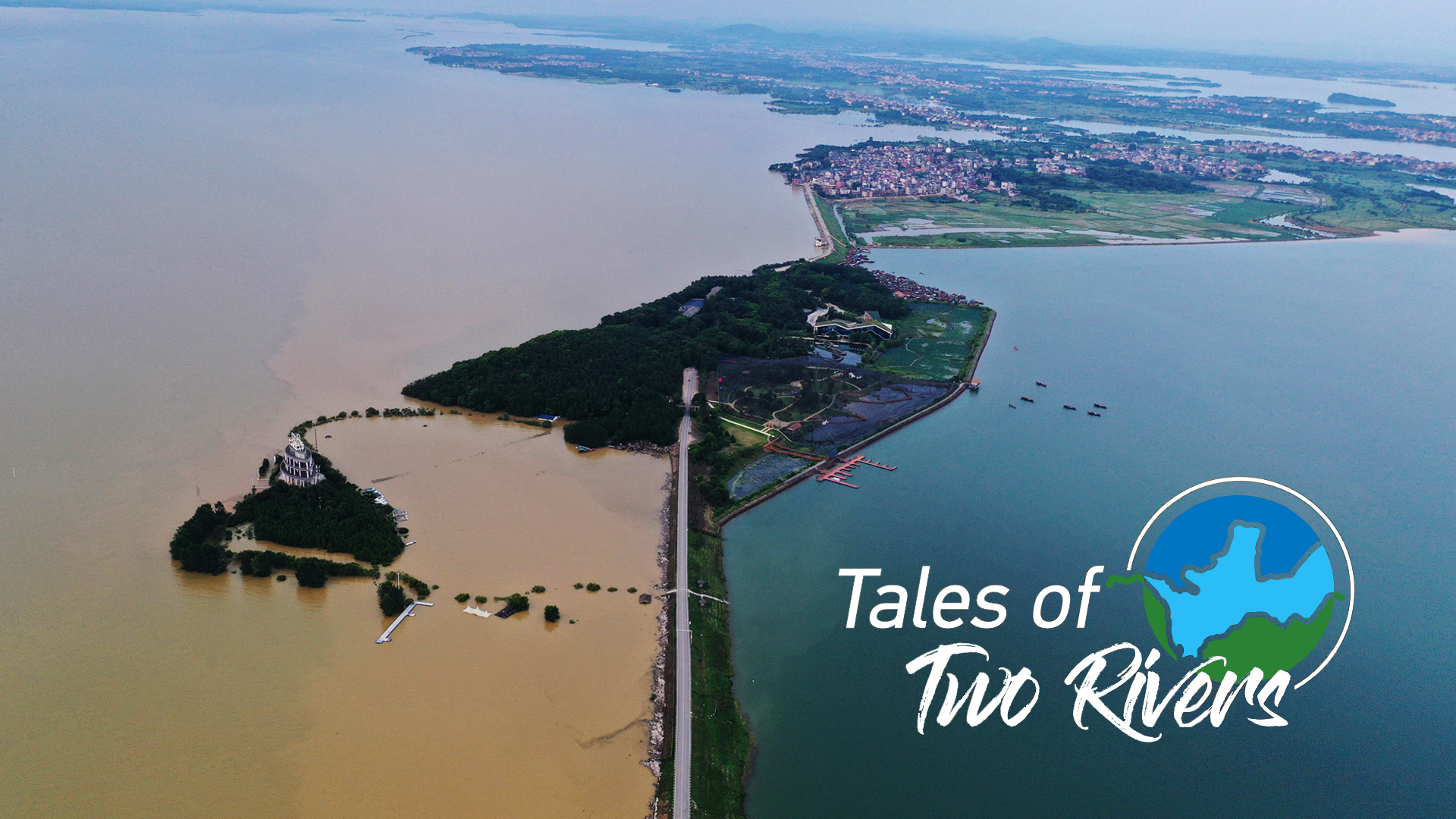01:34

In November 2019, the Poyang Lake in east China's Jiangxi Province entered the longest dry season of the last 10 years. By 2020 summer, the lake has expanded to its largest in a decade, covering an area of around 4,206 square kilometers. Its water level also rose to a record high at midnight Sunday.
As it continues to expand due to heavy downpours, the size of the Poyang Lake may even surpass the size of the Qinghai Lake, the country's largest lake located in northwest China's Qinghai Province. The rising water level may not only make people move away, but also migratory birds.
The Poyang Lake serves as a sanctuary for nearly 400,000 birds every year. Different birds have varied criteria for water levels, according to research. In general, the water level in the summer should be lower than 17.4 meters and somewhere between 8.2 to 8.8 meters in the winter.
However, the water level at Xingzi hydrological station recently exceeded 22.5 meters, which is way above the ideal 17.4 meters. This could also hamper the growth of aquatic plants, impacting fish production and forcing migratory birds that feed on these plants to migrate to other places.
According to a study, the abundance of all birds at the Poyang Lake declined by 19.7-75.5 percent during the flood winter of 2015-2016.
Tales of Two Rivers
Since ancient times, humans have settled down near the river basin across all continents. The Yangtze River and the Yellow River in China are the cradles of Chinese civilization. In history, the two rivers have endowed people with bountiful water, food and other resources, but now they are sick. The pollution and dropping biodiversity have greatly impacted wildlife and man. In this series, CGTN takes you to both rivers to see how animals, plants and humans live.
For more:
Why has Poyang Lake entered into its longest dry season?
(Cover via VCG, designed by CGTN's Li Yueyun)
(If you want to contribute and have specific expertise, please contact us at nature@cgtn.com.)